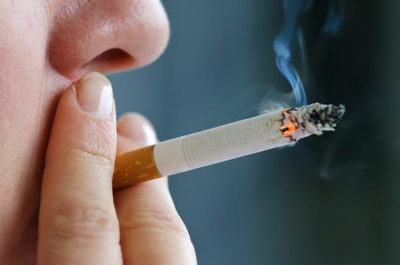 Nicotine is the addictive drug in cigarettes that causes smokers to continue to smoke. Addicted smokers need enough nicotine over a day to ‘feel normal’ to satisfy cravings or control their mood. Smoking kills, smoking is hazardous to health etc. are the most common phrases used widely, yet millions still smoke.
Nicotine is the addictive drug in cigarettes that causes smokers to continue to smoke. Addicted smokers need enough nicotine over a day to ‘feel normal’ to satisfy cravings or control their mood. Smoking kills, smoking is hazardous to health etc. are the most common phrases used widely, yet millions still smoke.
According to foreign media reports John Seffrin, chief executive of the American Cancer Society said, “Smoking is described as the biggest public health disaster in the history of the world, with its perpetrators likened to terrorists. Smoking will kill up to a billion people worldwide this century, unless governments across the world stamp down on the half-trillion-dollar tobacco industry”.
If current trends continue, with cigarette companies targeting the non-smoking populations of the developing world, then hundreds of millions of people will be dying of cancer in the second half of this century, he added.
There is no such thing as a ‘safe cigarette’. People who smoke any kind of cigarette are at an increased risk for smoking-related diseases. People who smoked so-called ‘light cigarettes’ are likely to inhale the same amount of toxic chemicals as those who smoke regular cigarettes. They remain at high risk of developing smoking related cancers and other diseases, media reported.
Smoking does not only affect respiratory system (as commonly known by everyone) but it also affects circulatory system, immune system, muscular system and sexual organs.
Smokers not only affect their health but also affect others through second-hand smoking. When someone smokes a cigarette, most of the smoke doesn’t go into their lungs, it goes into the air where anyone nearby can breathe it.
Smokers who quit before age 40 are able to avoid 90% of the early deaths caused by continued smoking. If the women quit before age 30, they are able to avoid more than 97% of these early deaths.





















Comments
Comments are closed.